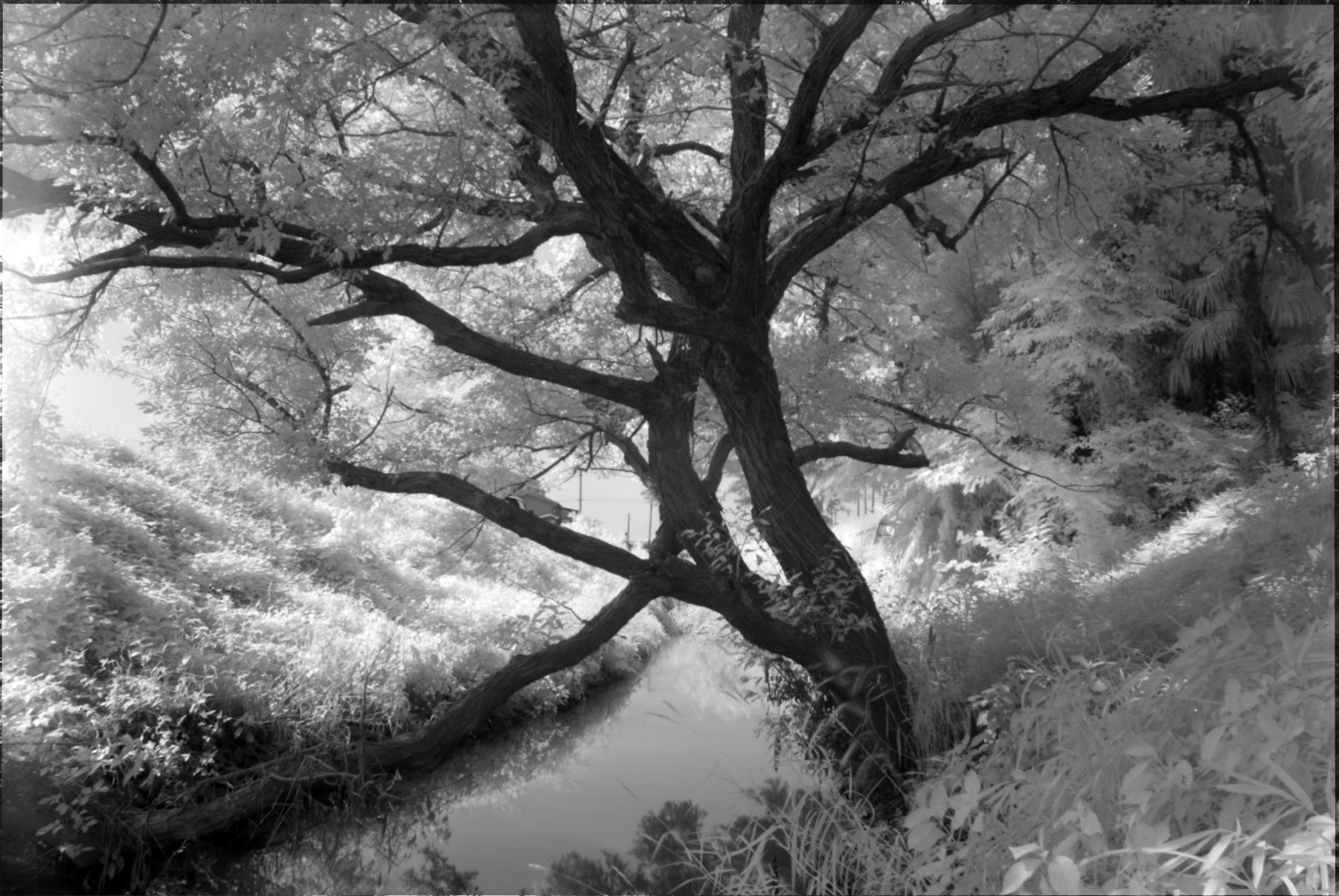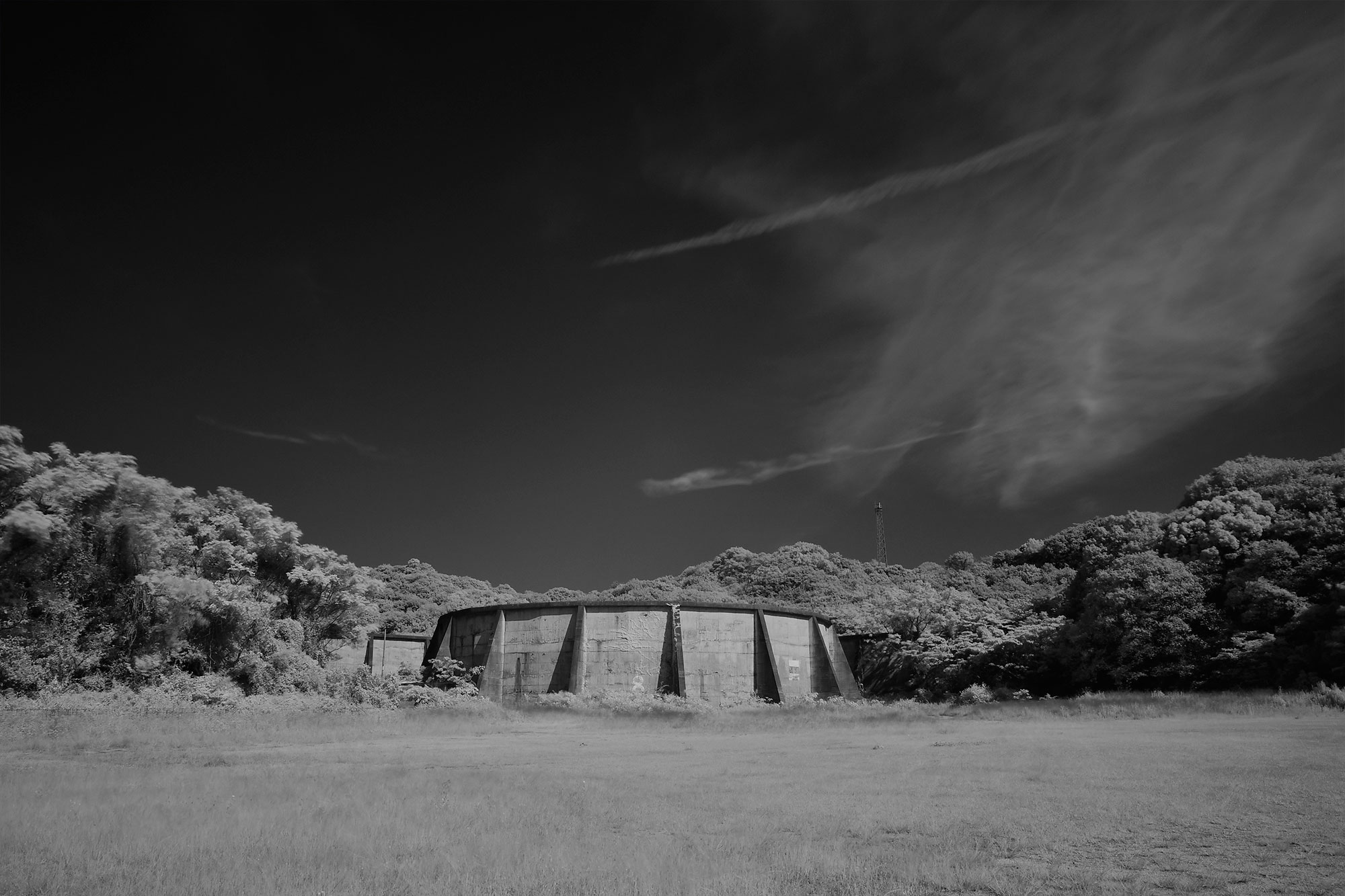

IR filters (IR is the abbreviation for infrared) can effectively cut the visible rays of light and thus permit transmission of the red region of the light spectrum only.
Originally developed to perform and enjoy infrared photography with black-and-white and color infrared films during the film era of photography, IR filters can also be effectively and enjoyably used in infrared photography with nowadays DSLR cameras that no longer use films.
As described above, the IR filters cut off all the visible rays of light apart from the red-light spectrum. These red light rays are called infrared (while the wavelength above these are called microwaves), but the general classification of infrared includes "near infrared", "mid-infrared" and "far-infrared".
Infrared filters can transmit around 700nm~900nm within the "near infrared" spectrum area of the visible light spectrum, that goes from 700nm~2500nm (wavelength classification is though slightly different depending on the scientific societies). When shooting with these filters, you can turn white the green leaves of a tree, or make darker the sky above in the same way as if using an old film, thus creating unique images, immersing in "Another World" that cannot be seen by the naked eye.
About how to use infrared filters, infrared photography also depends on the camera type you are going to use but, generally speaking, several adjustments are necessary when using digital cameras equipped with infrared sensors. In this case, when shooting with the IR filter attached, the focus may for example shift backward or the camera may try to correct the color, so it is necessary to set the camera in advance.


Whether possible, one suggestion is therefore to shoot RAW in monochrome mode. As mentioned above, since infrared rays have different in-focus positions compared to visible rays, even if focusing in AF without the IR filter attached and only after install the filter to take the shot, the image will be out of focus anyway. Being so, it will be necessary to regulate the focusing position again before shooting.
Some MF lenses of the film era had an Infrared index engraved in the body, but there is no such a thing in modern AF lenses. For that reason, the best thing to do is to gradually adjust the focus while shooting, or to shoot with a deep depth of field.
IR filters can greatly lower down the exposure. How much it can be reduced also depends on the camera model, but generally speaking you can get a 6 to 10 steps drop. If doing so when shooting a moving object entering the frame, the feeling of "Another World" is further emphasized.
As the shutter speed slows down, a tripod is obviously necessary. Using a tripod is effective when shooting both during day-time and at evening, when there are more infrared rays.